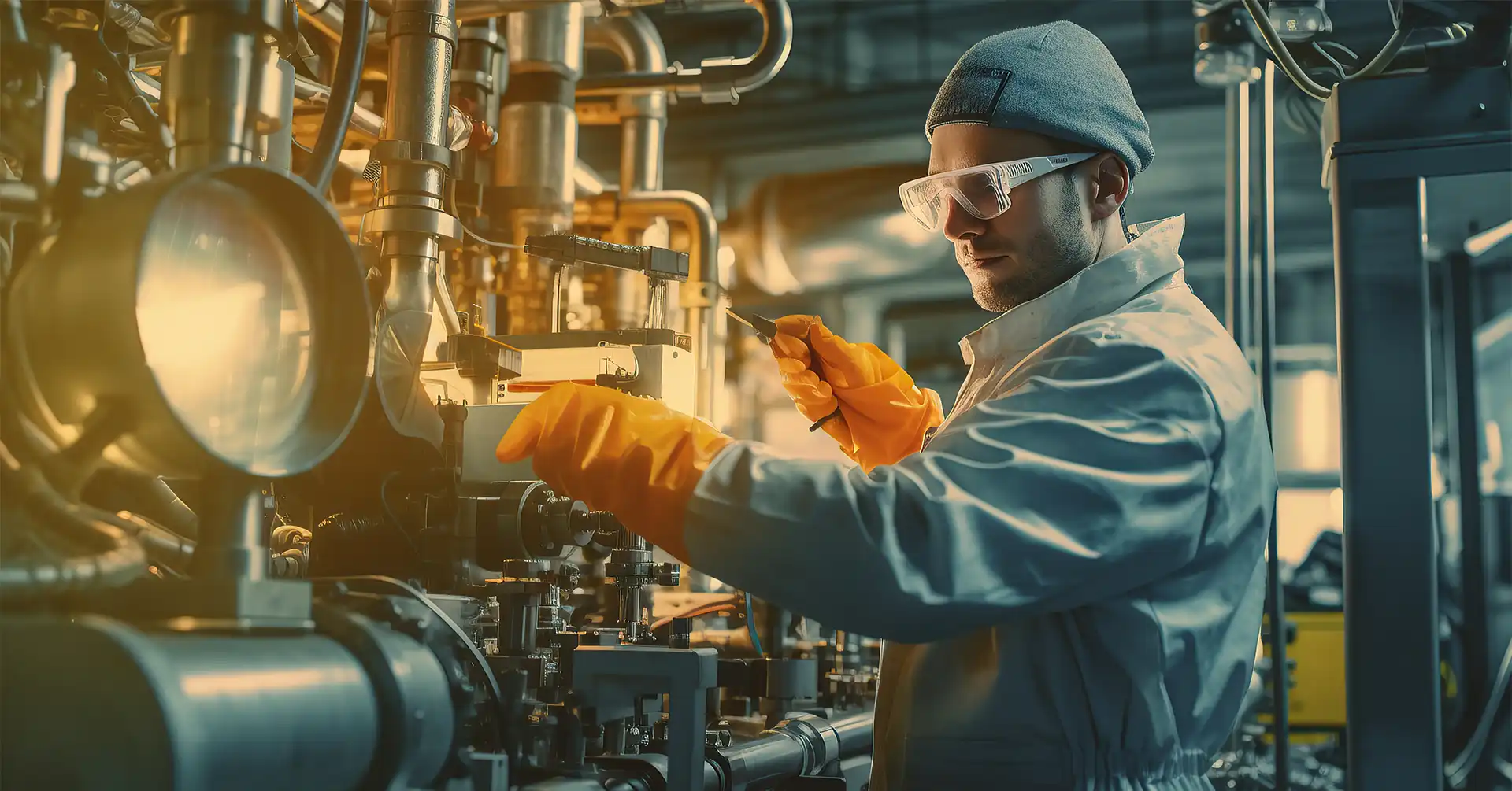Hello, my wonderful readers!Welcome to our comprehensive review of Oil Mist Extractors! This guide delves into the essential aspects of Oil Extractors, exploring their functionality, benefits, and applications across various industries. Oil Extractors play a pivotal role in maintaining a clean and safe working environment by efficiently capturing and removing airborne oil mist particles generated during machining.
Throughout this review, we’ll provide insights into the types of Oil Extractors available, from electrostatic precipitators to centrifugal separators, highlighting their unique features and suitability for specific industrial settings. We’ll also discuss the importance of proper maintenance and installation to maximize the effectiveness of these extractors in controlling air pollution and safeguarding worker health.
Whether you’re a seasoned professional seeking to upgrade your facility’s air filtration system or a newcomer curious about the capabilities of Oil Extractors, this review aims to serve as your comprehensive resource. Join us as we explore the innovations, advancements, and best practices surrounding Oil Mist Extractors, empowering you to make informed decisions for a cleaner, healthier workplace environment.
What are Oil Mist Extractors?
Oil Mist Extractors are specialized devices designed to capture and remove oil mist particles from the air in industrial environments. These particles are commonly generated during machining, cutting, and metalworking processes where lubricants or coolants are used. Oil mist, consisting of tiny oil droplets suspended in the air, can pose significant health and safety hazards if not properly controlled.
At their core, Oil Extractors utilize various techniques to capture and eliminate oil mist from the air effectively. One common method involves filtration, where the air passes through filters designed to trap the oil droplets while allowing clean air. Another approach is electrostatic precipitation, where electrically charged plates attract and collect the oil mist particles.
These extractors come in different types and configurations to suit specific industrial applications. Centrifugal separators use centrifugal force to separate oil mist from the air, while electrostatic precipitators use electrostatic charges to capture particles. Additionally, hybrid systems combining multiple techniques are also available for enhanced efficiency.
The importance of Oil Mist Extractors lies in their ability to maintain a clean and safe working environment. Removing oil mist particles from the air, these devices help prevent respiratory issues, reduce the risk of slip hazards due to oily surfaces, and protect machinery from oil contamination.
Oil Extractors play a crucial role in industrial settings by promoting worker health and safety, prolonging equipment lifespan, and ensuring regulatory compliance with air quality standards.
How do the Extractors work?
Oil Mist Extractors employ various mechanisms to capture and eliminate oil mist particles in industrial air environments. These devices operate through several steps to effectively remove the oil mist, ensuring cleaner and safer air for workers and machinery.
Capture Phase:
The process begins when the contaminated air, laden with oil mist particles, is drawn into the extractor unit through an inlet or suction mechanism. This airflow carries the suspended oil droplets, creating a mixture of air and oil mist within the extractor.
Separation Mechanism:
Once inside the extractor, the air-oil mist mixture encounters the primary separation mechanism. Different types of Oil Extractors employ various techniques for separation, including filtration, centrifugal force, electrostatic precipitation, or a combination of these methods.
- Filtration: In filtration-based extractors, the contaminated air passes through specialized filters designed to capture and retain the oil mist particles. These filters may consist of fiberglass, polyester, or other porous media with high oil retention capabilities.
- Centrifugal Force: Extractors utilizing centrifugal force rely on inertia to separate oil mist from the airflow. The air-oil mist mixture is directed through a spinning chamber or cyclone, where the centrifugal motion forces the heavier oil droplets to move outward and collect along the chamber walls. At the same time, the cleaner air continues its path.
- Electrostatic Precipitation: Some Oil Extractors employ electrostatic fields to attract and capture oil mist particles. Charged plates or collectors within the extractor generate an electric field that ionizes the particles, causing them to be attracted to oppositely charged surfaces, where they accumulate until removed.
Collection and Disposal:
Once separated from the airflow, the captured oil mist particles are collected in a designated reservoir or chamber within the extractor. Depending on the design, these collected particles may be drained, pumped, or periodically removed for disposal or recycling.
Clean Air Release:
The extractor discharges the now-cleaned air back into the environment, ensuring purified air fills the industrial space.
Oil Extractors help maintain air quality standards, promote worker health and safety, and prevent equipment contamination in industrial settings by efficiently extracting oil mist from the air.
Types of Mist Extractors
Filtration-Based Oil Mist Extractors:
These extractors utilize specialized filters to capture and remove oil mist particles from the air.
The filters trap oil droplets from the contaminated air while releasing clean air. Types of filtration-based extractors include:
- Media Filters: These filters consist of fibrous materials such as fiberglass or polyester, effectively capturing oil mist particles as the air passes through.
- HEPA Filters: High-efficiency particulate Air (HEPA) filters can capture extremely small particles, including oil mist, with high efficiency, ensuring cleaner air output.
- Coalescing Filters: Coalescing filters facilitate the merging of smaller oil droplets into larger ones, making capturing and removing them from the air stream easier.
Centrifugal Oil Mist Extractors:
These extractors use centrifugal force to separate oil mist particles from the air. The spinning chamber or cyclone directs the contaminated air, causing heavier oil droplets to collect along the walls. Types of centrifugal extractors include:
- Centrifugal Separators: These devices feature rotating impellers or vanes, creating the centrifugal force to separate oil mist particles.
- Hydrodynamic Cyclones: Hydrodynamic cyclones create a swirling liquid motion within a conical chamber to separate oil mist from the air stream, directing oil droplets toward the outer walls for collection.
Electrostatic Oil Mist Extractors:
These extractors utilize electrostatic fields to attract and capture oil mist particles. The extractor’s charged plates or collectors generate an electric field, ionizing the particles and attracting them to oppositely charged surfaces, accumulating until removal.
Hybrid Oil Mist Extractors:
Hybrid extractors combine multiple technologies, such as filtration and electrostatic precipitation or centrifugal separation, to achieve higher efficiency and effectiveness in capturing oil mist particles from the air. These systems offer versatility and adaptability to different industrial environments and air pollution levels.
By offering a range of options tailored to specific industrial needs, the various types of Oil Extractors ensure efficient and effective removal of oil mist particles, promoting a cleaner and safer working environment.
Conclusion
Mist Extractors are indispensable for maintaining air quality and promoting workplace safety in various industrial settings. Through their diverse mechanisms, such as filtration, centrifugal force, and electrostatic precipitation, these extractors efficiently capture and remove oil mist particles from the air, mitigating health risks and preventing equipment contamination.
By investing in Oil Extractors, industries can safeguard the well-being of their workers, reducing the incidence of respiratory issues associated with prolonged exposure to airborne contaminants. Additionally, these extractors play a crucial role in preserving machinery and equipment by preventing oil buildup, which can lead to performance degradation and costly repairs.
Furthermore, the versatility offered by different types of Oil Extractors ensures that businesses can choose solutions tailored to their needs and environmental conditions. Whether it’s a filtration-based system for capturing fine oil mist particles or a centrifugal separator for heavy-duty applications, options suit every requirement.
Oil Extractors contribute to a cleaner and healthier work environment and support industrial equipment’s operational efficiency and longevity. By integrating these extractors into their facilities, businesses can uphold air quality standards, comply with regulations, and foster a culture of safety and well-being among their workforce.
Also Read:






